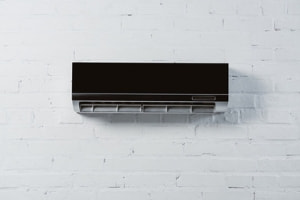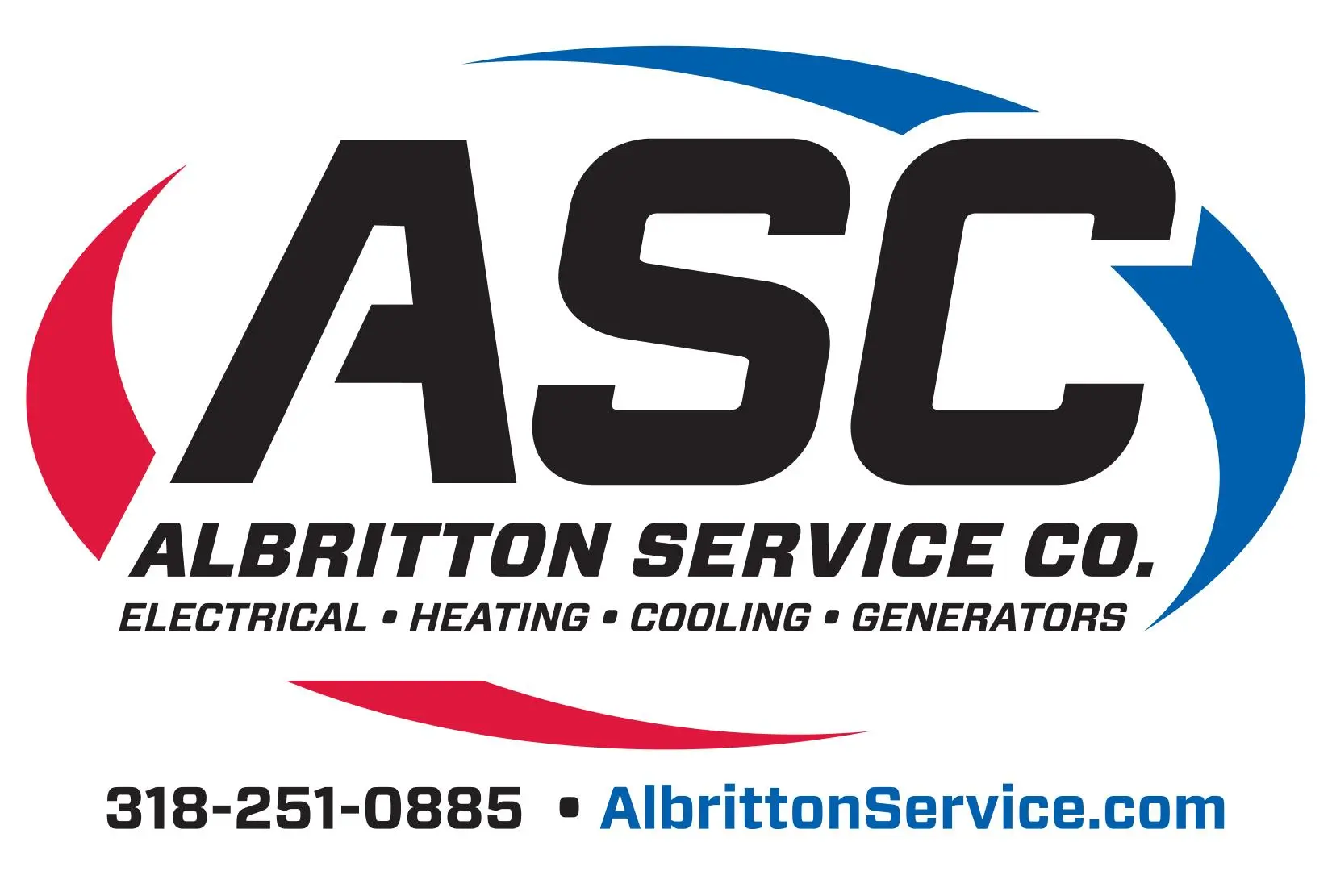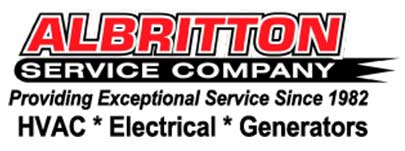
In modern times, we may be used to just flipping a switch or entering in a few numbers to enjoy heating and cooling comfort in our homes, but it wasn’t always that way. For centuries, fire was the main source of home heating, then came the radiator and various forms of the home furnace.
Before the concept of the chimney was created, smoke from fires was ventilated through open windows or cracks and holes in ceilings. The Ancient Romans may have created the first heating and cooling systems, using water piped from aqueducts to get the job done.
Things like open courtyards to promote airflow through buildings and creating “cross drafts” by aligning two openings in a building were also used for cooling before electricity, fans, and the modern air conditioner.
AC Invention
 Modern air conditioning was invented way back in 1902 by Willis Haviland Carrier.
Modern air conditioning was invented way back in 1902 by Willis Haviland Carrier.
As happens with many revolutionary inventions, this one came about by simple observation followed by a memorable “what if” moment.
As Carrier stood on a train platform in Pittsburgh in the fog, he figured that he could dry air if he first passed it through water to create fog. Then, he could create air that contained specific amounts of moisture in it.
It was less than a year after this revelation that his humidity controlling device was complete, and the first prototype of the modern air conditioner was born.
The Modern Day HVAC System
 A heating unit or air conditioning unit in the modern world includes many different parts that need to work together to control the indoor environment successfully.
A heating unit or air conditioning unit in the modern world includes many different parts that need to work together to control the indoor environment successfully.
Whether Willis Carrier foresaw just how complex HVAC systems would become remains unknown, but here are some of the main components and what they do:
Thermostat – this component is the one we are all familiar with, as it lets us control the indoor temperature as part of a heating unit or air conditioning unit.
Heat Exchanger – this part is found inside the housing of your furnace, and it switches on when you set your thermostat to provide more heat. Its job is to pull in cool air, heat it, and then send it back out.
Evaporator Coil – this is part of your air conditioning unit and plays an opposite role to the heat exchanger, cooling the air when you set your thermostat to a lower temperature.
Furnace – your furnace is the main part of your HVAC system and is usually in the basement of the house. The furnace may be powered by natural gas, propane, electricity, a heat pump, or solar energy.
Condensing Unit – this part is connected to the evaporator coil and is filled with refrigerant gas to be used as part of your AC system.
Refrigerant Lines – these lines are used to carry refrigerant to the condensing unit in the form of vaporized gas.
Ductwork – your ducts act as the highways to carry heated or cooled air to the various rooms in your home. Ducts are typically made from a lightweight aluminum, but other materials may also be used.
How Old Is Your Air Conditioner?
 The age of your air conditioning unit is one of the most important factors when it comes to the decision to get new AC or not.
The age of your air conditioning unit is one of the most important factors when it comes to the decision to get new AC or not.
Many professionals recommend replacement if your AC is more than 15 years old because newer units are far more energy efficient and eco-friendly. Every air conditioning unit will have a Seasonal Energy Efficiency Ratio, or SEER.
The minimum number today is 13, but if you have an older AC, it’s likely rated lower. Every point on the SEER scale represents a 5 to 9 percent increase in energy efficiency. You can find out the age of your air conditioner by taking a look at the nameplate on the outdoor condenser.
If you’d like to learn more about installing a new AC system in your Ruston, LA home, give us a call today at 318-251-0885, and we will help get the process started.

